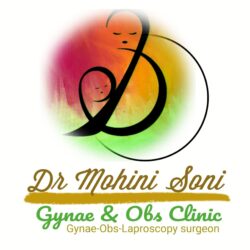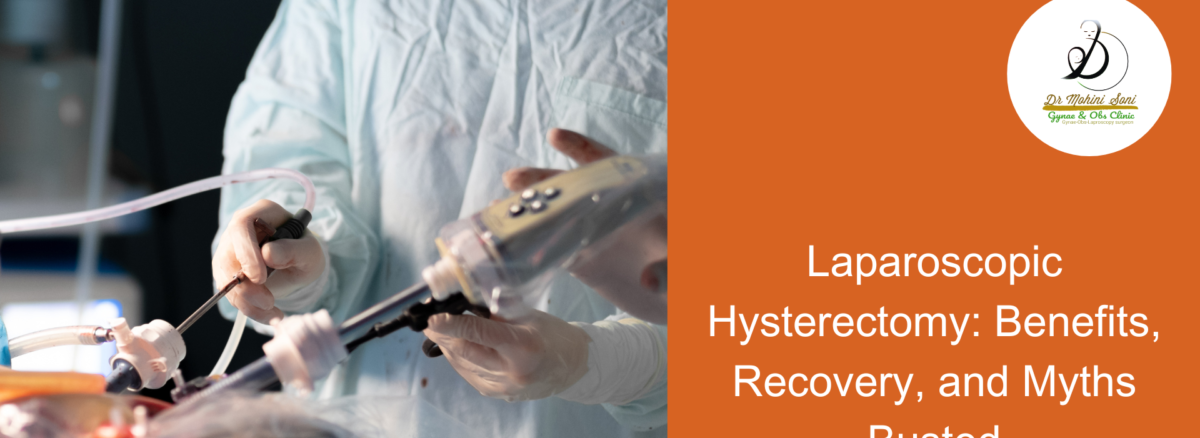For many women, the thought of undergoing a hysterectomy — the surgical removal of the uterus — can feel overwhelming. Traditionally, this procedure meant a large abdominal incision, several weeks in recovery, and significant discomfort. But thanks to modern medical advancements, women today have a safer, less invasive option: laparoscopic hysterectomy.
This technique has completely changed the way hysterectomies are performed, offering faster recovery and better outcomes. Let’s dive into what it really means, why it’s beneficial, and clear up some common misconceptions.
What Exactly Is a Laparoscopic Hysterectomy?
A laparoscopic hysterectomy is a minimally invasive surgery where the uterus is removed through tiny incisions instead of one big cut. Surgeons use a laparoscope — a thin tube with a small camera — to guide them with precision. This allows for accurate treatment while minimizing trauma to the body.
The result? Less pain, smaller scars, and quicker healing compared to traditional open surgery.
Key Benefits of Laparoscopic Hysterectomy
Many women prefer laparoscopic hysterectomy because of its life-changing benefits:
- Tiny Incisions, Hardly Any Scars – Small cuts heal quickly and leave little to no visible marks.
- Reduced Pain – Less trauma to tissues means less post-surgery discomfort.
- Faster Recovery – Most women resume normal activities within 2–3 weeks (compared to 6–8 weeks after open surgery).
- Lower Risk of Infection – Smaller wounds mean quicker healing and fewer complications.
- Shorter Hospital Stay – Many patients can return home within 24 hours.
Recovery: What to Expect
Every woman’s recovery is unique, but here’s a general timeline:
- First Few Days: Mild abdominal soreness, bloating, or shoulder pain (caused by the gas used during surgery). Pain medication usually helps.
- 1–2 Weeks: You’ll notice improved energy and can return to light daily tasks.
- 3–4 Weeks: Most women feel ready to go back to work, light workouts, or routine chores.
- 6 Weeks: Full recovery for the majority of patients.
Busting Common Myths About Laparoscopic Hysterectomy
Let’s clear up some of the biggest misconceptions:
Myth 1: Hysterectomy is only for older women.
Truth: It can be recommended at any age for conditions like fibroids, endometriosis, or chronic pelvic pain.
Myth 2: Recovery takes several months.
Truth: With laparoscopic techniques, most women recover in just a few weeks.
Myth 3: Life never feels normal again.
Truth: On the contrary, many women feel healthier and more comfortable after surgery as symptoms like heavy bleeding and pain disappear.
Myth 4: It impacts femininity or sexual life.
Truth: A hysterectomy doesn’t change who you are as a woman. Many women actually experience a better quality of life — including intimacy — once their health issues are resolved.
Conslusion
A laparoscopic hysterectomy is more than just a surgical procedure — it’s a step towards better health, faster recovery, and renewed confidence. With its minimal scarring, lower risk, and shorter downtime, it has truly transformed women’s healthcare.
If your gynecologist has advised a hysterectomy, don’t let fear or myths hold you back. Speak openly with your doctor, understand your options, and make the choice that feels right for your health and future.
FAQs on Laparoscopic Hysterectomy
Q1. Is laparoscopic hysterectomy painful?
No, the surgery is done under anesthesia. Any mild discomfort afterward can be managed with prescribed medicines.
Q2. How long will I need to stay in the hospital?
Most women are discharged within 24–48 hours.
Q3. Will I still have periods after a hysterectomy?
No. Since the uterus is removed, menstrual cycles stop permanently.
Q4. Can I resume sexual life after surgery?
Yes. After complete healing (usually around 6 weeks), most women return to a comfortable and healthy sex life.
Q5. Is laparoscopic hysterectomy suitable for everyone?
It’s safe for most women, but eligibility depends on factors like medical history, age, and reason for surgery. Always consult your gynecologist for personalized guidance.

